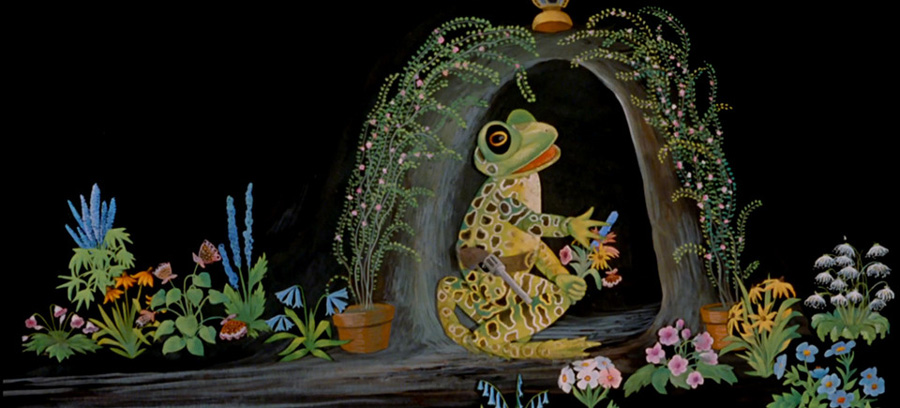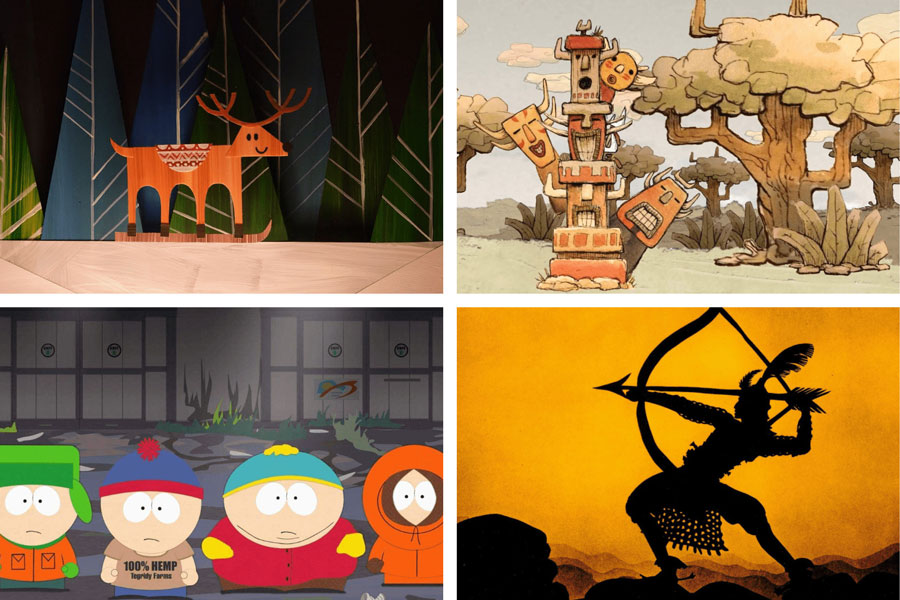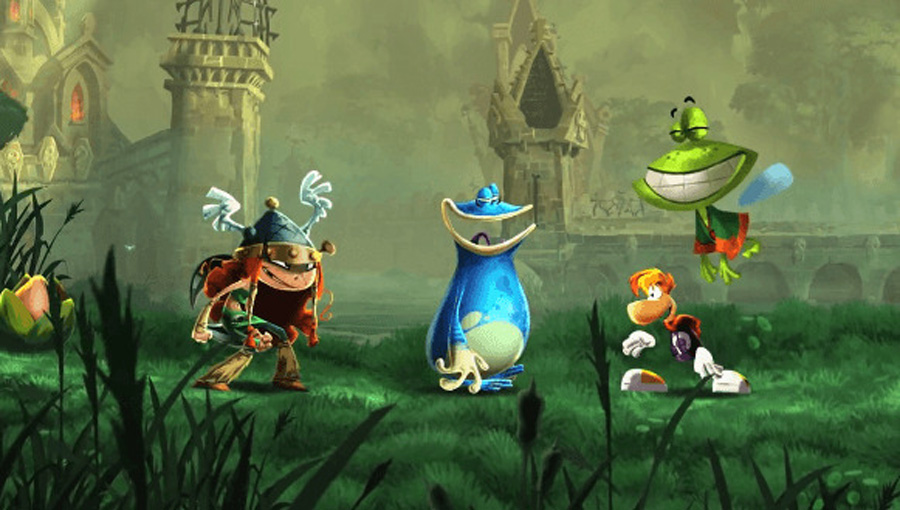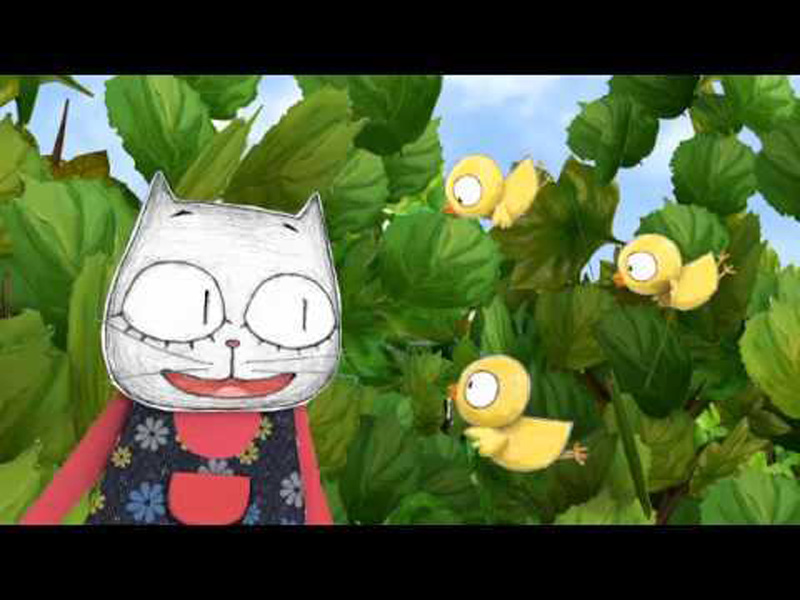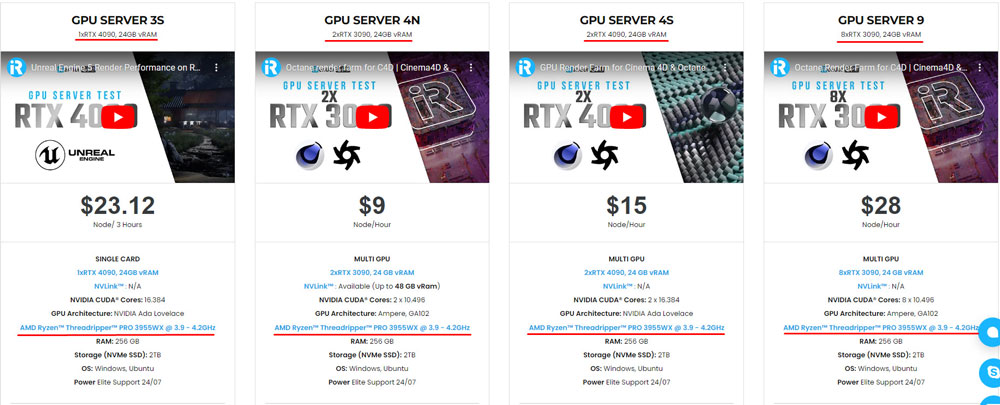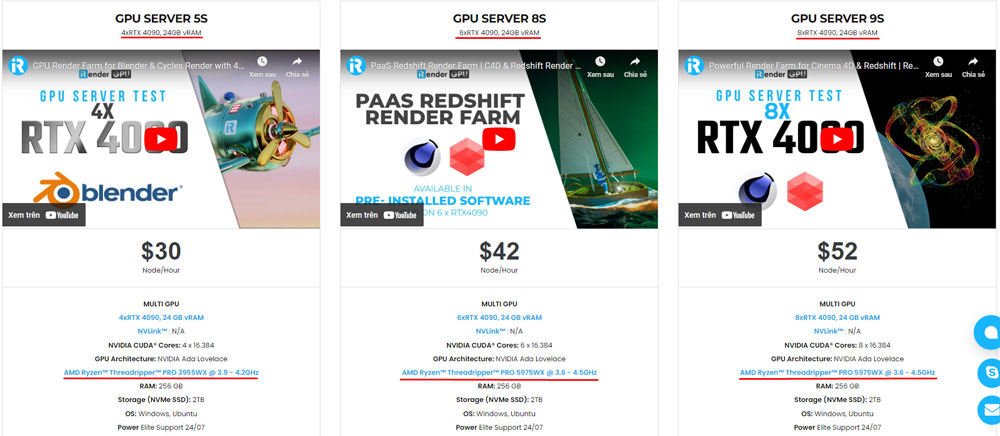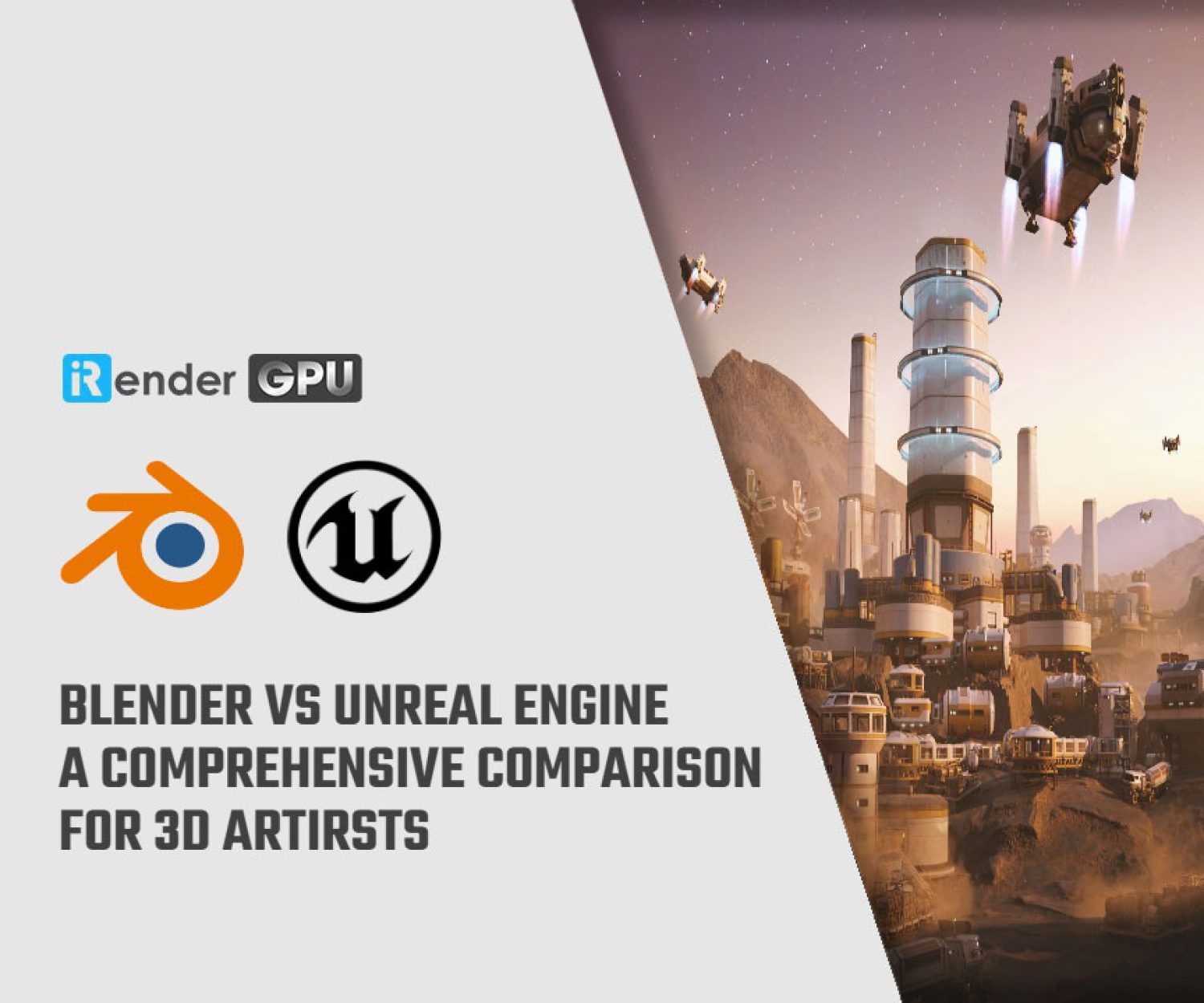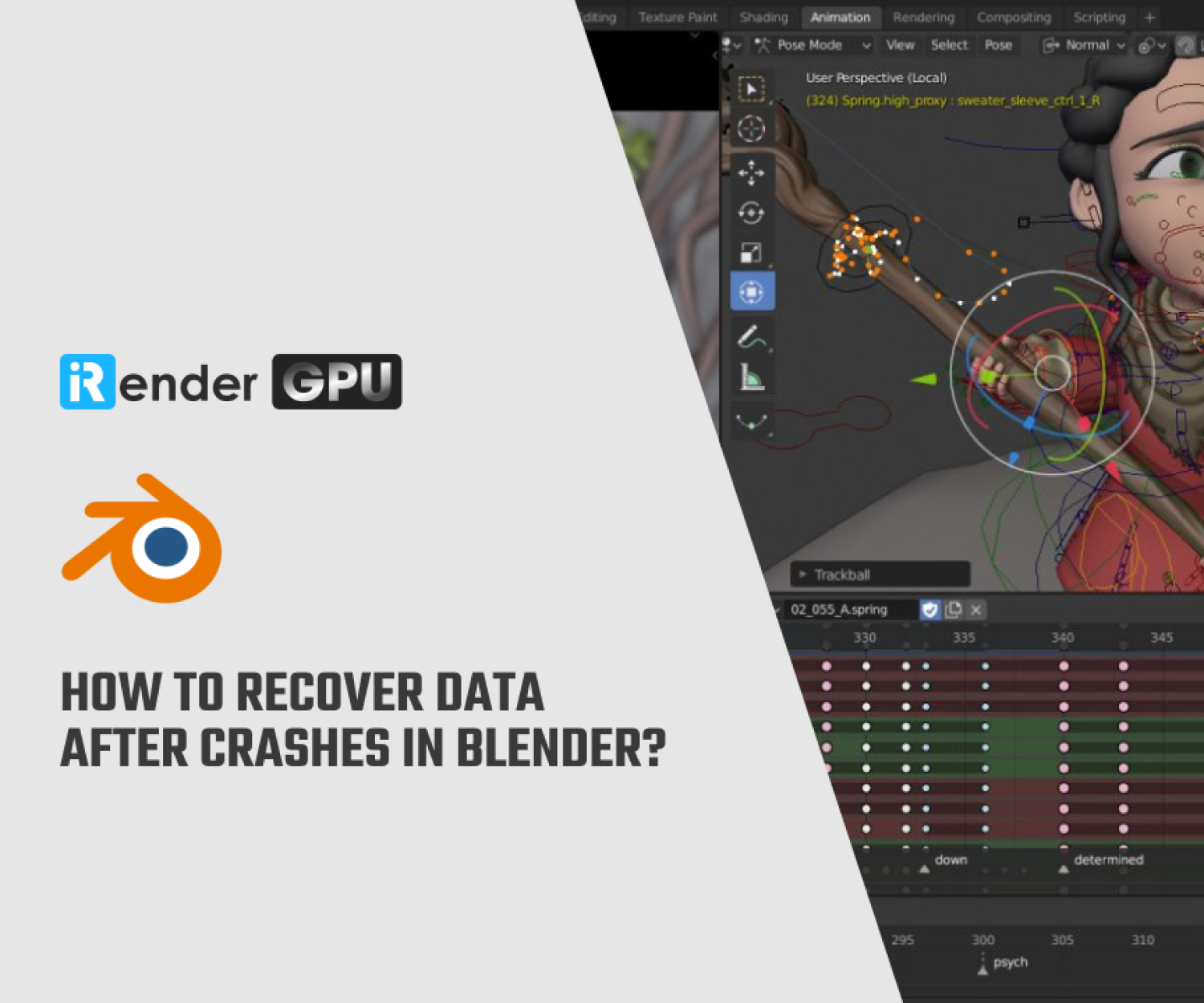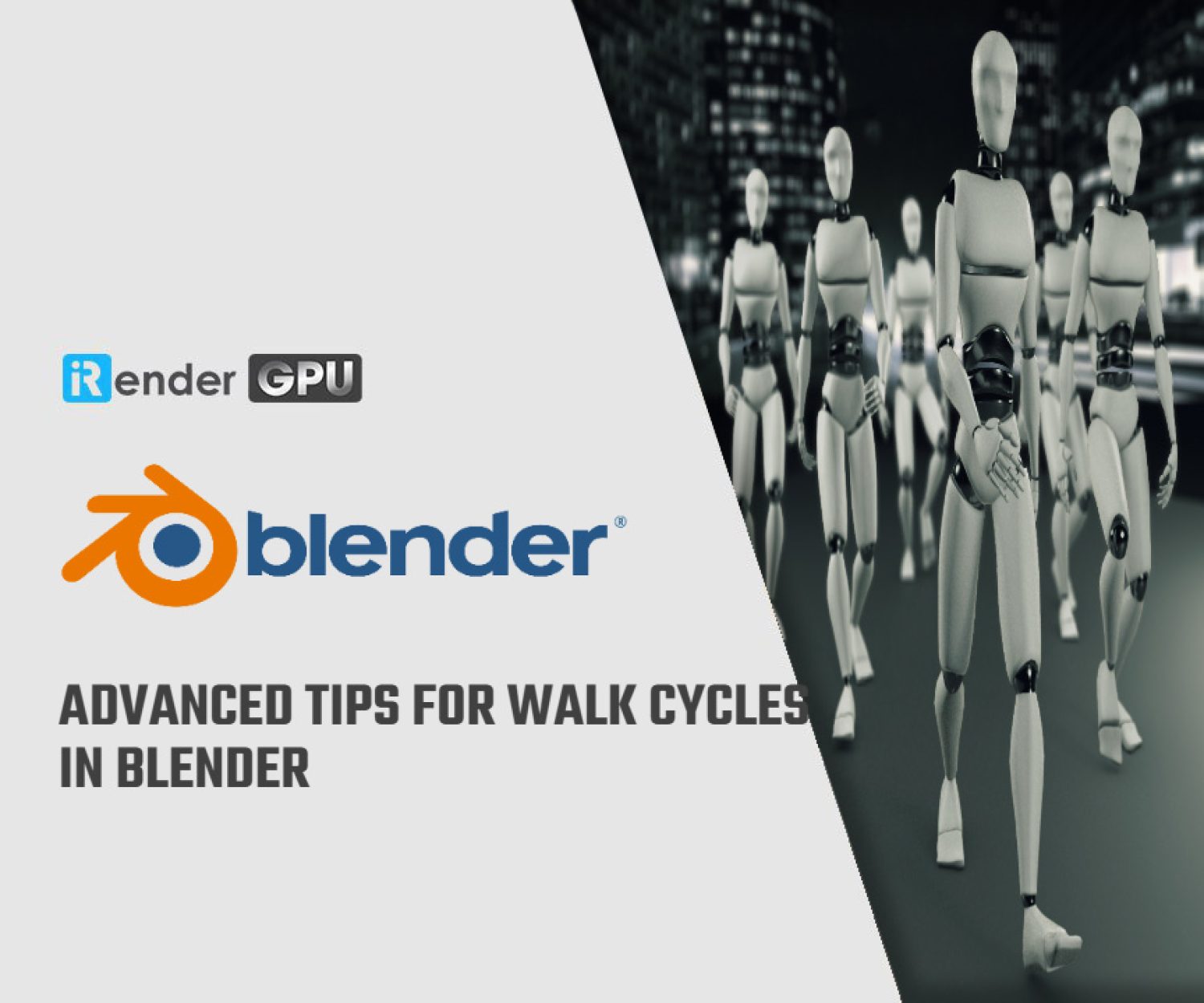Cut-Out Animation: Bringing Your Characters to Life
Cut-out animation is a captivating technique that breathes life into characters and stories by assembling flat materials. Originating from early artistic experiments, this method combines traditional craftsmanship with modern technology, allowing creators to manipulate pre-made parts of characters and backgrounds to create movement. With its distinctive, handcrafted aesthetic, cut-out animation evokes a sense of nostalgia while enabling artists to tell diverse narratives with emotional depth. The modular approach of cut-out animation streamlines the production process and fosters creativity and collaboration among animators. Through cut-out animation, filmmakers can provide audiences with imaginative experiences, showcasing the power of creativity to transform static images into dynamic narratives.
In this blog, let’s explore more details about Cut-Out Animation with iRender.
What is Cut-Out Animation?
Image Source: NBF Blog
Cut-out animation is an animation technique that involves creating characters and scenes using flat materials, such as paper, cardboard, or digital images, which are cut into specific shapes. The fundamental principle of cut-out animation is to move these flat pieces frame by frame to generate the illusion of movement when played in sequence.
In traditional cut-out animation, animators physically cut out shapes representing different parts of characters (like arms, legs, and facial features) and backgrounds. These elements are then attached to a rigid or flexible base, allowing them to be manipulated easily. By photographing or filming each incremental movement, the animator captures the motion, ultimately creating a fluid animated sequence.
With advancements in technology, many animators now use digital tools that mimic the cut-out style, enabling them to create animations on computers. The software allows for easy manipulation of character parts, layering, and other effects, streamlining the animation process while retaining the charm of handcrafted art. Notable for its unique and often whimsical aesthetic, cut-out animation has been used in various contexts, from children’s television programs to artistic films.
The process of animating cut-out characters in 3D
Image Source: Filmmaking Lifestyle
Animating cut-out characters in 3D involves several key steps that transform flat, two-dimensional designs into lively, three-dimensional performances. The process begins with designing the character in 2D, creating separate parts such as limbs, head, and torso, which are then imported into 3D software like Blender or Maya. Once in the 3D environment, the character is rigged by creating a skeletal structure, allowing various parts to move independently. Skinning follows, where the character’s geometry is bound to the skeleton, ensuring natural deformation during movement. Animators then use keyframe animation to define poses at specific moments in time, creating fluid motion as the software interpolates between these keyframes. To enhance expressiveness, facial elements are added for emotions and lip-syncing with dialogue. After completing the animation, lighting and shading techniques are applied to give depth and visual appeal. Finally, the animated sequences are rendered into usable formats for further production or game integration, completing the process of bringing cut-out characters to life in a captivating, dynamic way.
Movement is essential for animating the style effectively. Using frame-by-frame animation in Blender, particularly with the Dopesheet and Graph Editor, allows for the retention of the delightful imperfections inherent in the original technique. By making small, gradual changes between frames, animators can achieve fluid motion while keeping the artisanal quality that characterizes the style intact.
Challenges in creating Cut-Out Animation
Image Source: BrashMonkey
Creating cut-out animation comes with a distinct set of challenges that can impact the overall quality and fluidity of the final product. One primary challenge is the limited range of motion inherent in the cut-out technique. Since cut-out animation relies on manipulating separate pieces of a character, achieving fluid and natural movements demands careful planning and rigging. Animators must ensure joints and connections allow for realistic articulation; otherwise, the movements can appear stiff and unnatural, detracting from the animation’s appeal.
Maintaining a consistent visual style throughout the animation can also be difficult. With cut-out characters, there is a tendency for elements to shift or appear misaligned during motion. This inconsistency can break immersion, so animators must pay close attention to the alignment of parts and ensure that colors and shapes remain uniform across different frames.
Rigging the character for cut-out animation is another complex challenge. Designing a functional rig that accommodates natural movements requires thoughtful consideration and skillful execution. The intricacy of connecting different limbs while preserving their ability to move harmoniously makes the rigging process labor-intensive.
Conveying facial expressions effectively poses a particular struggle in cut-out animation. Emotions are critical in storytelling, yet animating facial features can be cumbersome when separate designs are needed for different expressions. This often necessitates intricate rigging techniques or the creation of additional art assets, which can be time-consuming and detract from the overall pace of production.
Balancing fluidity with the distinct handcrafted feel of cut-out animation is another significant challenge. While smooth motion is often desirable, overemphasizing this aspect can dilute the unique charm that cut-out styles provide.
Advantages of creating Cut-Out Animation
Cut-Out Animation
One of the most significant benefits is its affordability and accessibility. Since cut-out animation primarily relies on 2D designs and simple manipulation techniques, it often requires less time and financial investment compared to traditional frame-by-frame animation. This allows independent creators and smaller studios with limited budgets to produce high-quality animated content without incurring the costs associated with more complex animation techniques.
Another advantage of cut-out animation is its unique artistic style. The visual aesthetic of cut-out animation is characterized by its handcrafted, tactile quality, often reminiscent of paper puppetry or collage. This distinct style can evoke a sense of nostalgia and charm, appealing to audiences in a way that more polished, 3D animations might not. The imperfections inherent in cut-out animation can add character and personality to the work, making it visually engaging and emotionally resonant.
Production efficiency is also a notable benefit of cut-out animation. The use of reusable character parts and pre-designed assets can significantly speed up the animation process. Once a character is rigged and set up, animators can quickly create new scenes by repositioning existing elements rather than redrawing every frame. This is especially beneficial in projects with tight deadlines or when a rapid turnaround is required, such as in web series or social media content.
Moreover, cut-out animation offers a high degree of creativity and flexibility in storytelling. Animators can easily modify character designs or backgrounds, enabling them to explore various artistic directions without extensive reworking of the entire project.
Wrap Up
Cut-out animation is a captivating and versatile technique that allows creators to breathe life into their characters while embracing a distinctive visual style. By leveraging the charm of handcrafted elements and the efficiency of digital tools, animators can craft engaging narratives that resonate with audiences.
As technology continues to evolve, the possibilities for cut-out animation expand, inviting new artists to explore this art form and experiment with innovative storytelling techniques. Whether for web series, short films, or educational content, cut-out animation provides a unique platform for artistic expression.
Unleash your creativity with Cut-Out Animation at iRender Farm
iRender provides high-configuration servers that increase CPU and GPU rendering speeds. Right now, we offer from 1/2/4/6/8 RTX 4090s and 8 RTX 3090 servers. All servers at iRender are also equipped with AMD Ryzen™ Threadripper™ PRO 3955WX @ 3.9 – 4.2GHz or AMD Ryzen™ Threadripper™ PRO 5975WX @ 3.6 – 4.5GHz, 256GB RAM, 2TB Storage NVMe SSD.
You can check all our servers with its configuration here:
Besides, you also can watch some our test video on RTX 4090 card:
Besides, we also have flexible prices for all small to big projects. You can check out this video to estimate the cost with us:
Enjoy our high end GPU now and boost your multiple GPUs rendering now! If you have any comments about our article, please do not hesitate to reach us at [email protected] or Whatsapp: +(84) 916017116.
iRender – Happy Rendering!
Related Posts
The latest creative news from Blender Cloud Rendering.

